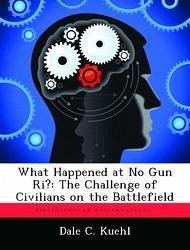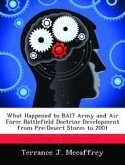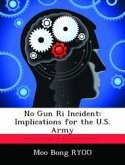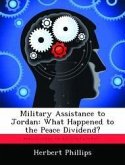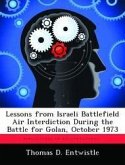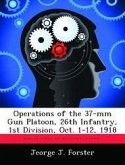On 26 July 1950 American soldiers from 2-7 Cavalry fired on civilians near No Gun Ri, South Korea. These civilians remained trapped under a bridge between North Korean and American forces for three days. In September 1999, the Associated Press (AP) reported that American soldiers killed hundreds of Koreans at No Gun Ri, under the orders of officers with a blatant disregard for civilian life. This story prompted an investigation by the Department of the Army Inspector General that found evidence of war crimes inconclusive, but acknowledged that Americans killed Korean civilians in the vicinity of No Gun Ri. Drawing on primary and secondary sources this thesis examines the actions at No Gun Ri to determine whether American forces committed war crimes and includes detailed research on the political situation in South Korea, the tactics of the North Korean People's Army, and the quality of the American Army in 1950. A thorough analysis of primary documents reveals a more complicated battlefield than presented by the AP. Direct orders were not given by officers to shoot civilians, but a poorly crafted policy from Eighth Army, and failure by subordinate commanders to modify the policy resulted in unnecessary civilian casualties.
Hinweis: Dieser Artikel kann nur an eine deutsche Lieferadresse ausgeliefert werden.
Hinweis: Dieser Artikel kann nur an eine deutsche Lieferadresse ausgeliefert werden.

